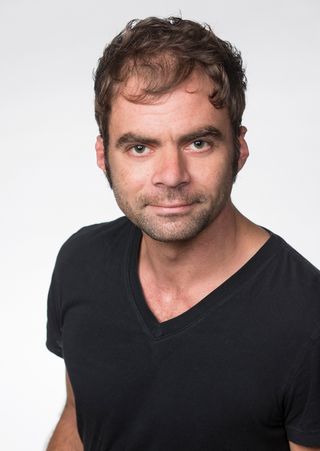The Australian
By Thomas Adams
I represent a statistic that has not been getting enough attention in Australia recently. Specifically, I represent a fraction of $1.2 trillion. That is the amount of cumulative student loan debt that exists in the US. For my part, I’m responsible for a paltry $80,000 acquired after four years of undergraduate and seven years of postgraduate education.
Oddly enough, I consider myself lucky because I received a variety of scholarships at all stages of my education, had parents who were happy to help in any way they could, and was frequently able to work multiple jobs while I was in school. I am lucky because I landed a permanent academic appointment at a world-class university, the University of Sydney, that pays me more than most of my postgraduate cohort at the University of Chicago or my previous colleagues at Tulane University can dream of making. It’s a long tunnel of debt, but for the first time in nearly two decades, I can see light at its end.
That $1.2 trillion is what I think about when I hear Education Minister Christopher Pyne suggest that Australia “has much to learn” from American colleges and universities. Although there are plenty of positive lessons Australia could take from the US model, importing it here wholesale would be a recipe for disaster.
First, the good stuff. At elite colleges and universities, undergraduates, and especially first-years, have much more one-on-one interaction with their professors. Such interactions help instil a love for ideas and intellectual inquiry and foster close campus communities. At these same elite schools, faculty members aspire to being “teacher-scholars”, with a dual role of path-breaking research and innovative teaching, roles that should constantly reinforce each other.
Readers might notice I used the adjective elite. The sad fact is that this model of education is increasingly only available at those universities with large endowments, a model that would take trillions of dollars to replicate.
US universities dependent on state funding and those with small endowments are, with few exceptions, in massive financial crisis. Tuition fees, class sizes, and casual teaching rates are going up by the year, while student retention, permanent faculty hiring, and student services are declining exponentially. At one public university, students and staff started a wiki page to update each other on which campus bathrooms had toilet paper on any given day.
Further, any notion that Australian universities can mimic the US model of endowment funding is particularly absurd. The largest endowments at Australian universities are about $1.2 billion. That number would place schools like Monash, the University of Melbourne, and ANU on par with Lehigh University in Pennsylvania, the 71st highest endowment in the US. All are excellent universities that attract bright students and have brilliant faculty.
The problem is, while a school like Monash has 55,000 students, Lehigh has 7000. This means the per student endowment, the number that really matters when it comes undergraduate education and faculty research, is roughly eight times higher at Lehigh than at Monash.
Does that mean that undergraduates receive a better education at Lehigh than at Monash? Absolutely not. It does mean that these are entirely different systems. It means that funding cuts of 20 per cent as detailed in last week’s budget will hit Monash, and the rest, especially hard and make a mockery of Pyne’s vision of producing the world’s “best higher education system”.
Just as problematic is the deregulation of student fees. In the US, tuition and fees at public universities adjusted for inflation have gone up from about $US2700 30 years ago to nearly $US9000 today. At private universities, they’ve trebled from $US10,000 30 years ago to more than $US30,000 today. Will Australia’s universities begin to raise fees under this new plan? Absolutely.
Fee inflation is a vicious cycle. Elite schools with large endowments try to outduel each other by offering plusher facilities (rather than improved research and teaching) to lure students from their rivals. They are confident wealthy families will happily pay for the chance for their children to have a “name brand education”.
The majority of US colleges and universities aren’t so lucky, though. Those dependent on state support are forced to raise tuition fees to make up for drops in funding. Elite education becomes the provenance of the wealthy or those willing to risk a lifetime of debt. At the same time the gap grows ever greater in terms student retention, staff-to-student ratios and facilities. In the end, the US has produced a two-tiered system, both tiers of which send hundreds of thousands of students into lifetimes of debt every year.
Australia is already doing quite well in world university rankings at the per capita level and the way to improve what is already a world-class university system is not to adopt an American approach but to do the opposite. Subsidise tuition so students do not have to go into debt to follow their dreams. Expand staff so that students can develop closer relationships with their professors. Fund research so that Australian faculty can continue to make groundbreaking contributions across all fields of inquiry.
These are the proven ways to build an equitable higher education system that would be the envy of the world. Buzzwords like choice and competition only serve to mask the fact that Abbott and Pyne’s plan will send Australia down a one-way street towards a US system that is broken and increasingly unfixable.





